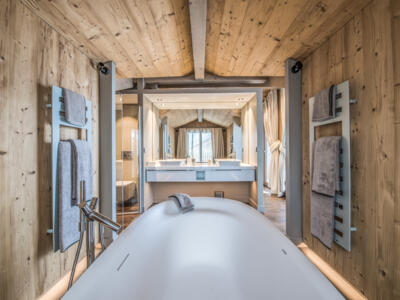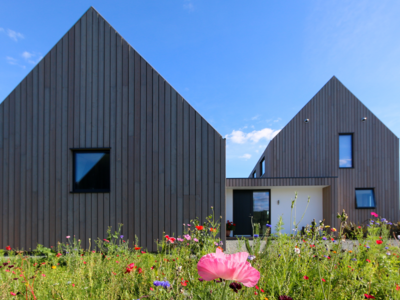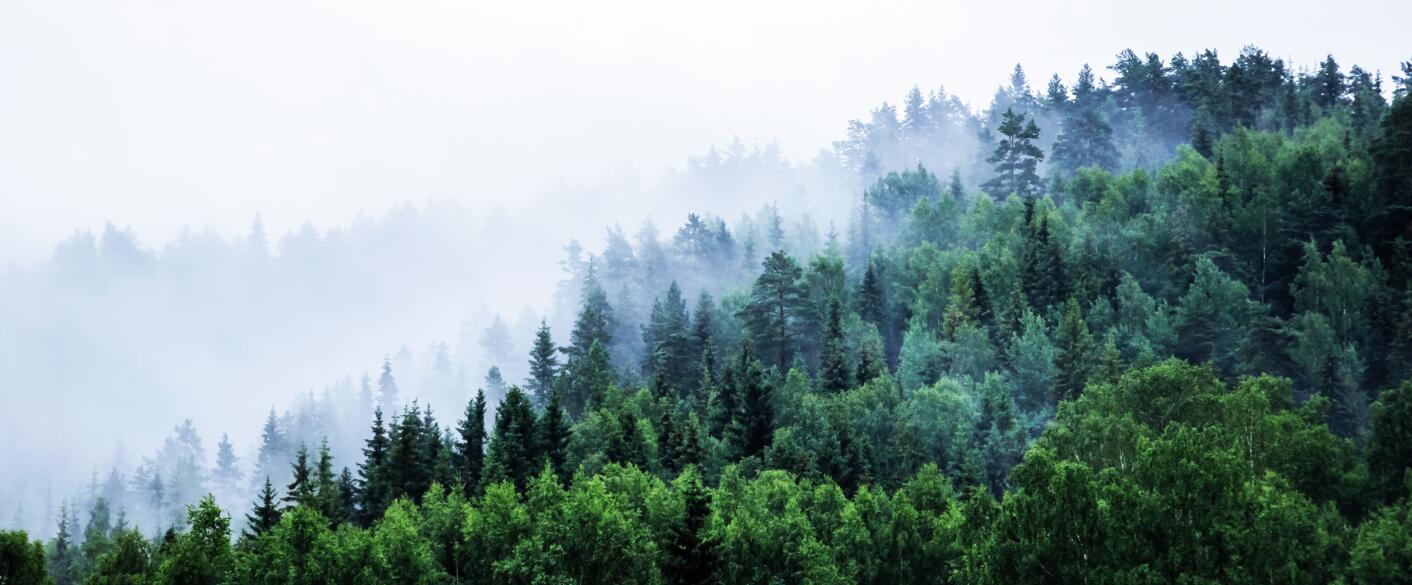Wood is all the rage when it comes to creating authentic, natural terraces or renovating facades to blend in with the landscape, but it also raises the issue of maintenance over time. Durable cladding that stands the test of time is highly sought-after. As a material that changes over the years, it takes on a grey tinge if it is not treated or if it has not been given a special finish. However, depending on the species selected, the preservative treatment and the quality of the installation, in compliance with the DTU 41.2 standard, some types of cladding are more resistant than others to external aggression and ageing.
Healthy, natural, warm and insulating, wood is a popular construction material for cladding terraces and facades alike, creating made-to-measure ambiences: design, contemporary, rustic, Scandinavian, wood offers an infinite range of architectural atmospheres. The way in which the boards are laid (horizontal, vertical, open-joint) also allows a wide range of styles for unique creations. The main drawback of wood is the maintenance it requires to keep a façade or terrace looking good for years to come! Hence the importance of choosing durable cladding that is more resistant to the elements.
Towards natural greying of sustainable cladding
Under the action of sun, moon, weather, fungi and other moulds, unflattering variations in colour from brown to grey occur. However, even this unflattering colour change in no way detracts from the qualities of the wood and is purely a matter of aesthetic considerations. Durable cladding (that lasts over time) is essentially cladding that does not deteriorate over time and retains its properties.
Certain species should be chosen for their natural rot-proofing properties and their class of use, to ensure greater stability over time. Sustainable species from certified forests, such as Larch, Douglas Fir and Western Red Cedar, are excellent for cladding construction. Rot-proof (10 to 50 years) and class 3 (i.e. able to withstand humidity levels of over 20%), they offer good resistance to humidity and external aggression. Selecting the right type of wood for your geographical location and humidity level will ensure the durability of your project.
Treated and finished cladding
Species that are not naturally resistant should be treated with a preservative and finish (saturator, paint, etc.) to ensure lasting protection and preserve their original colour. Preservation and finishing guarantee the durability of the cladding over time.
After treatment by thermostabilisation, Ecothermo wood changes its appearance (brown tint in the mass) and gains in stability. Wood with colour finishes nevertheless requires regular maintenance (every 5 to 10 years) to regain its lustre.
Type of installation
The type of installation plays a role in the durability of the cladding. If the open-joint profile adds a light, airy touch to the façade, it will need to be laid appropriately, because the boards are spaced apart. Whatever the case, horizontal and vertical installation must comply with the rules set out in DTU 41.2 to ensure optimum durability over time.








